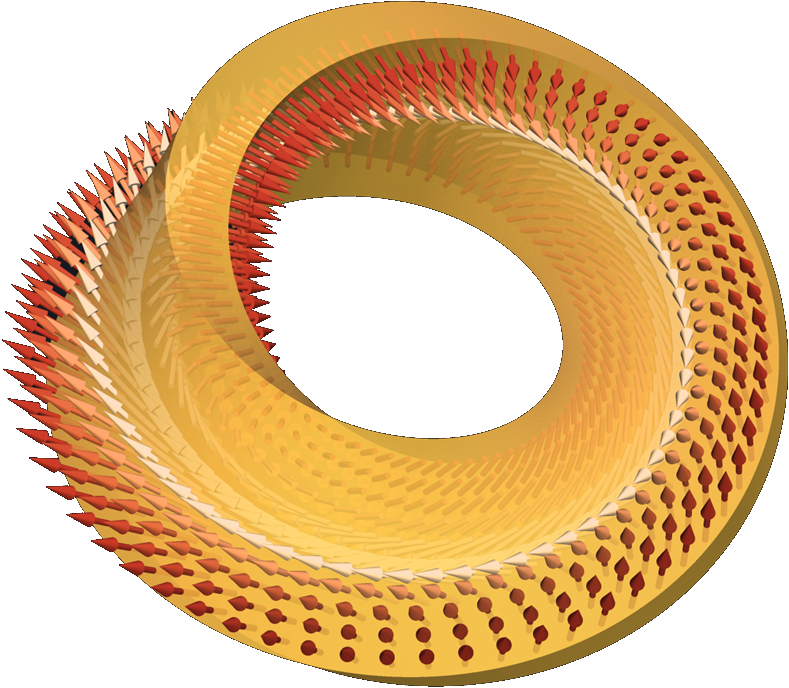Speaker
Description
At the nanoscale materials exhibit novel properties that are relevant to a wide variety of applications. Geometry can become a design parameter for new electronic, plasmonic or magnetic functionalities. Transforming planar magnetic films to curved objects can introduce magnetochiral properties, similar to the Dzyaloshinskii-Moria interaction. Objects such as hollow cylinders or half spheres can feature faster domain wall motion or the formation of topological spin configurations, such as skyrmions.
Experimental evidence and visualization of curvature induced effects sets a particular challenge for magnetic microscopies such as XPEEM (X-ray photoemission electron microscopy). The relevant length scales are close to resolution limits in the nanometer regime and two- or three-dimensional curved magnetic surfaces add further complexity to magnetic imaging.
This paper will review recent activities using XPEEM to study magnetism in curved geometries. By a combination of element-specific magnetic contrast and high lateral resolution XPEEM offers a unique toolbox for magnetic nanoscale science. Attempts have been made to expand the technique towards the third dimension or magnetic tomography exploiting the magnetic shadow contrast, trying to close a gap in the length scale of magnetic tomographies. An outlook to the near future will show how XPEEM might profit from a new generation of imaging electron detectors with superior dynamic range, highest quantum efficiencies and intrinsic time-resolution. Enabling the technique for studies of magnetization dynamics in curved geometries.

